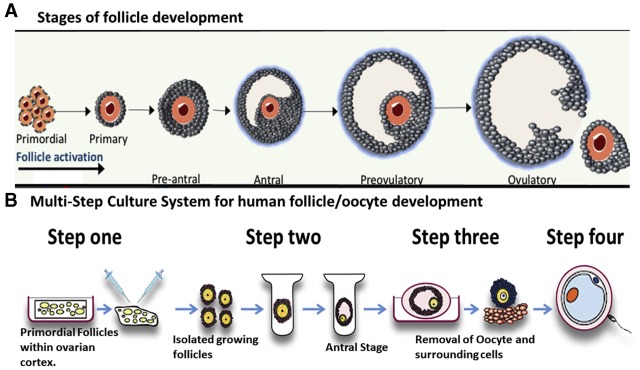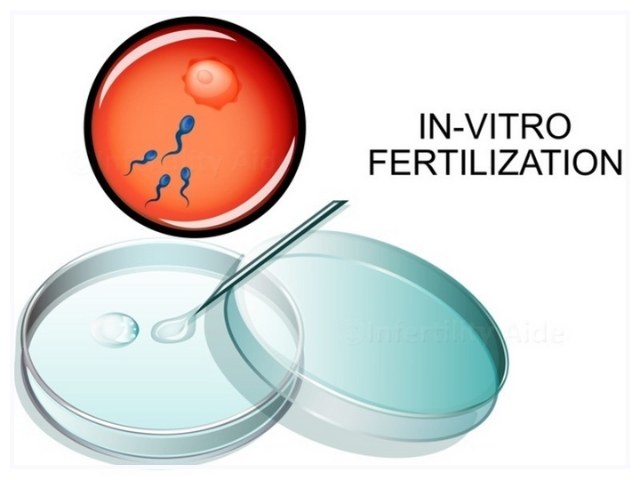
Approaches of oocyte recovery
In the early days of IVF experimentation, abdominal laporatomy was performed to collect oocytes during tubal ligation procedures. Surgery would be scheduled immediately prior to expected ovulation, timed by basal body temperatures. Follicles were extracted by needle aspiration or ovarian wedge resection. Techniques described for follicle aspiration involved puncturing follicles over 5 mm in diameter with a 20-gauge needle. The aspiration needle was connected to tubing and emptied into a test tube through a metal inlet with a rubber stopper sealing the tube. A second needle was introduced through the stopper and connected to surgical suction tubing via a three-way plastic connector. Aspiration was achieved by covering the free opening in the three-way connector to create suction to 200 mmHg. Each follicle was aspirated into individual tubes. The techniques described for wedge resection involved incising follicles with a scalpel under microscopy subsequently releasing the oocytes into the culture medium for further observation. Using these techiques, these reported oocyte recovery rate was 30.2% for aspiration and 93.3% for wedge resection. Although these techniques are a viable option to obtain oocytes, laparotomies carry surgical risks to include bleeding, infection, increased pain, potential injury to surrounding pelvic and abdominal organs, and longer recovery times. The risks of laparotomy to retrieve oocytes for IVF encouraged the pursuit of alternative surgical options.


